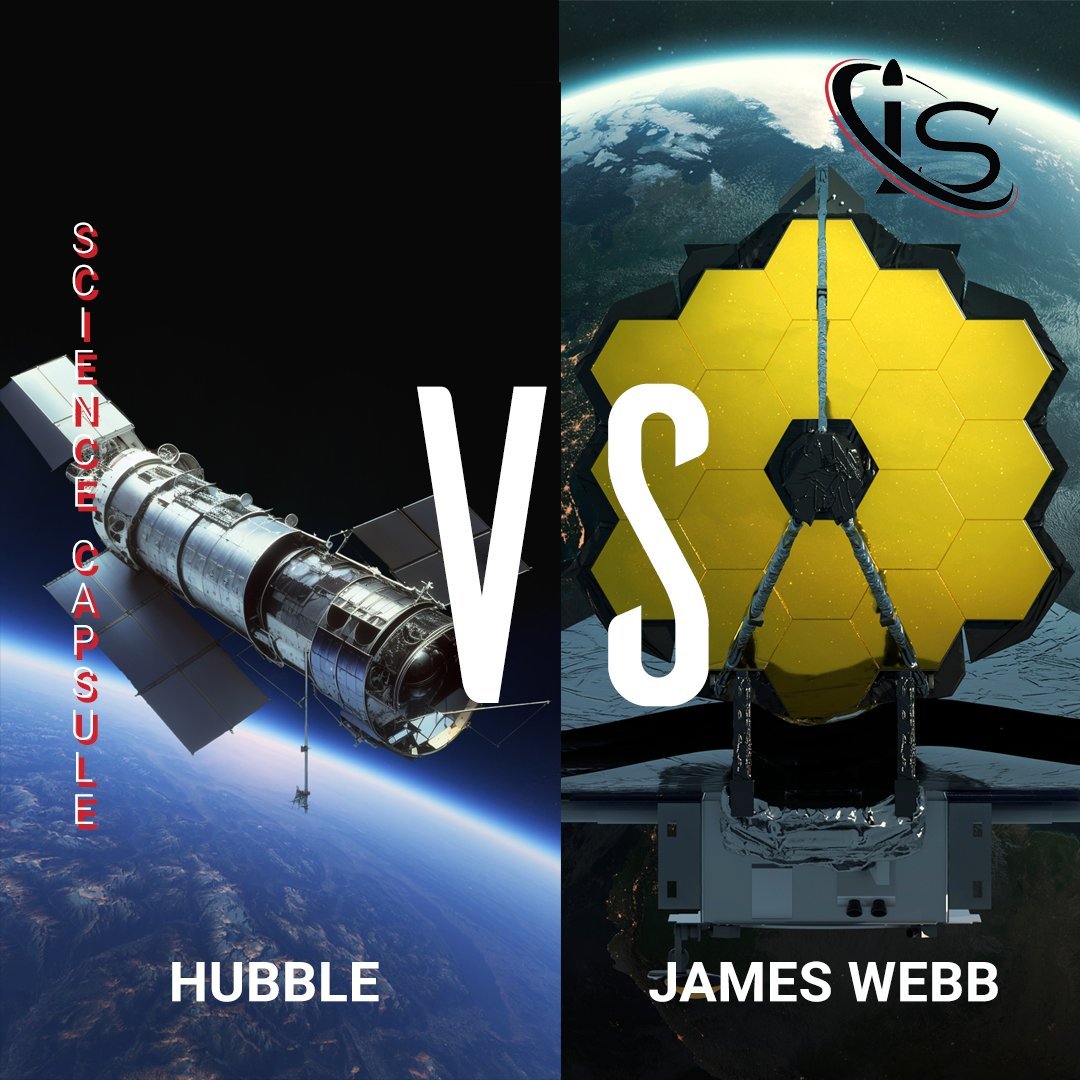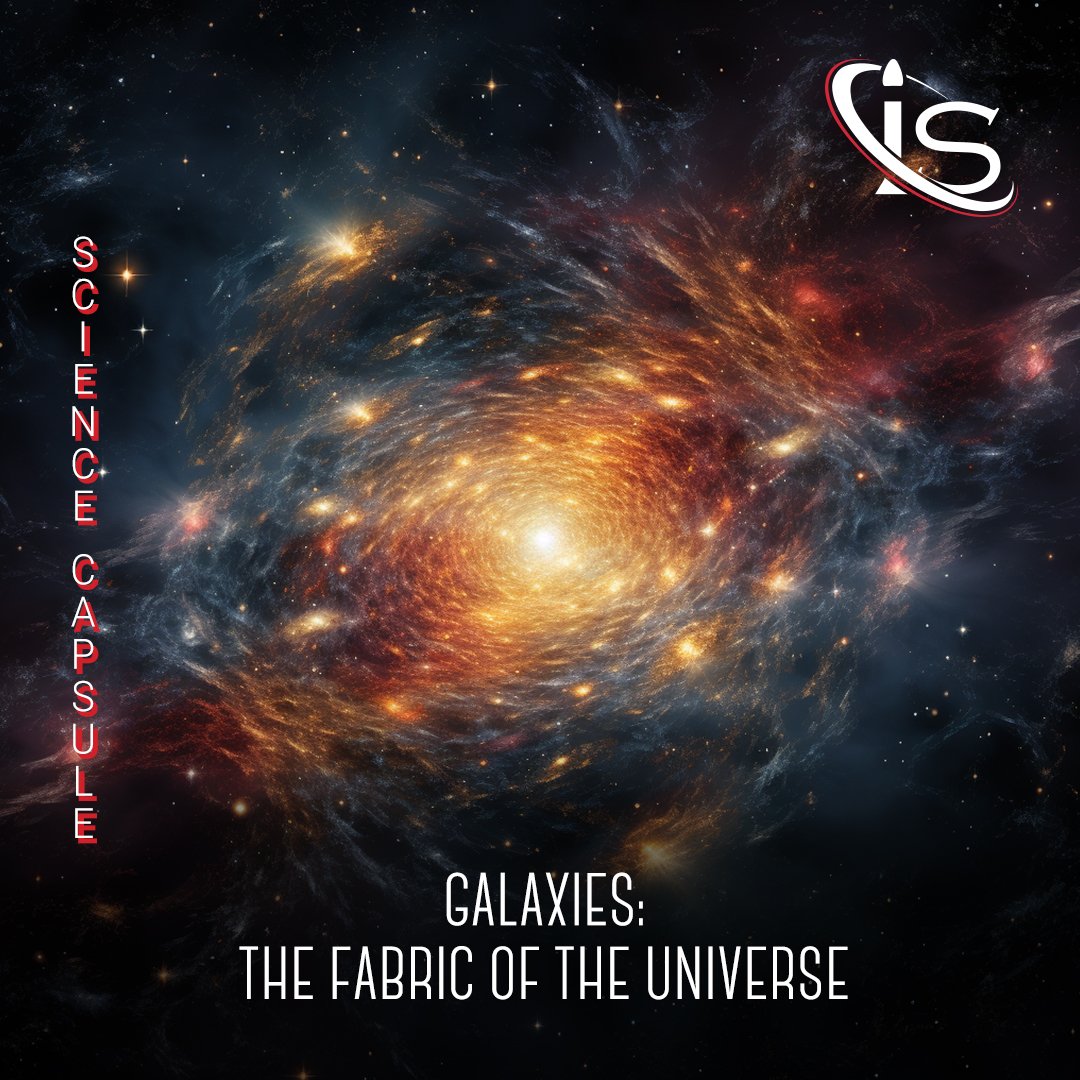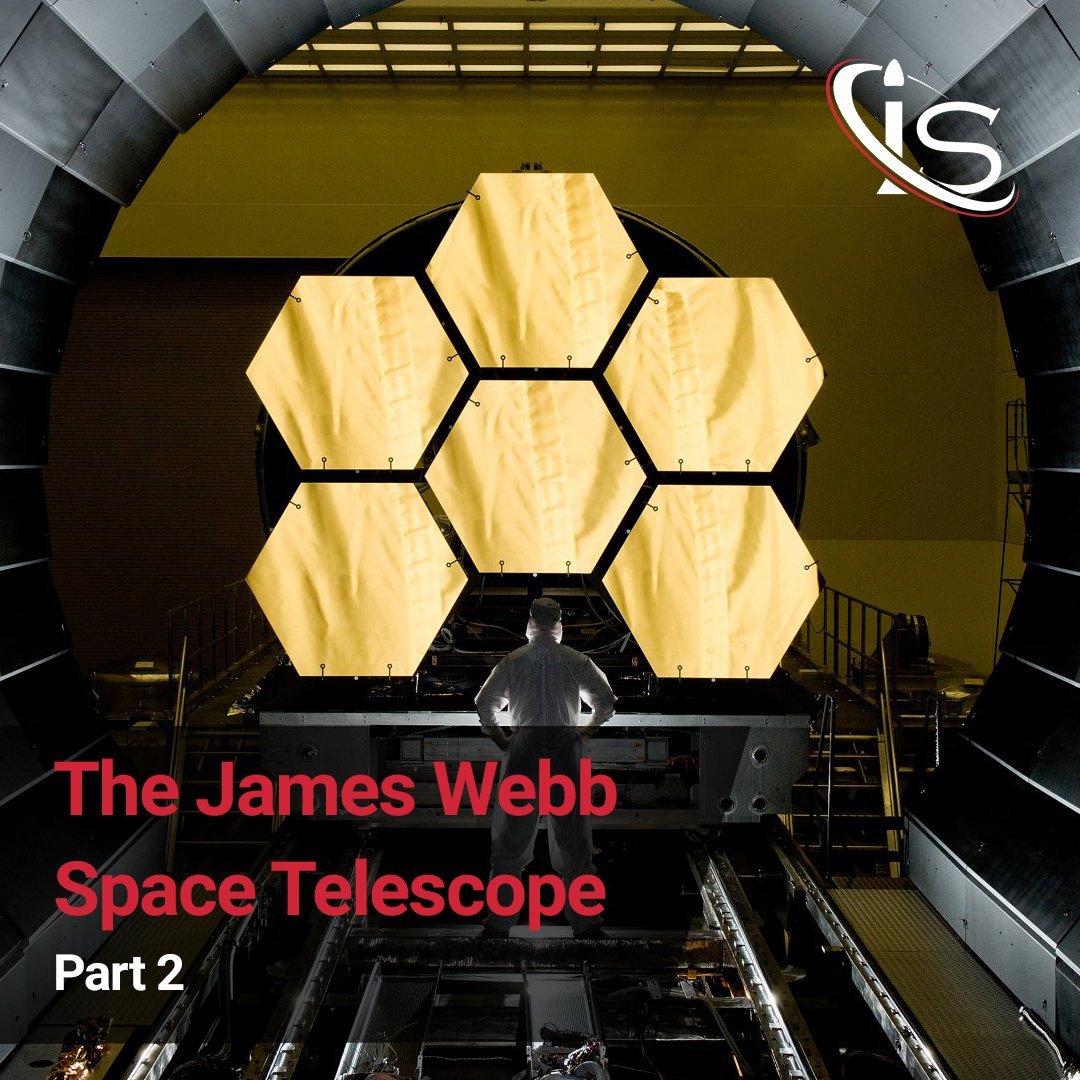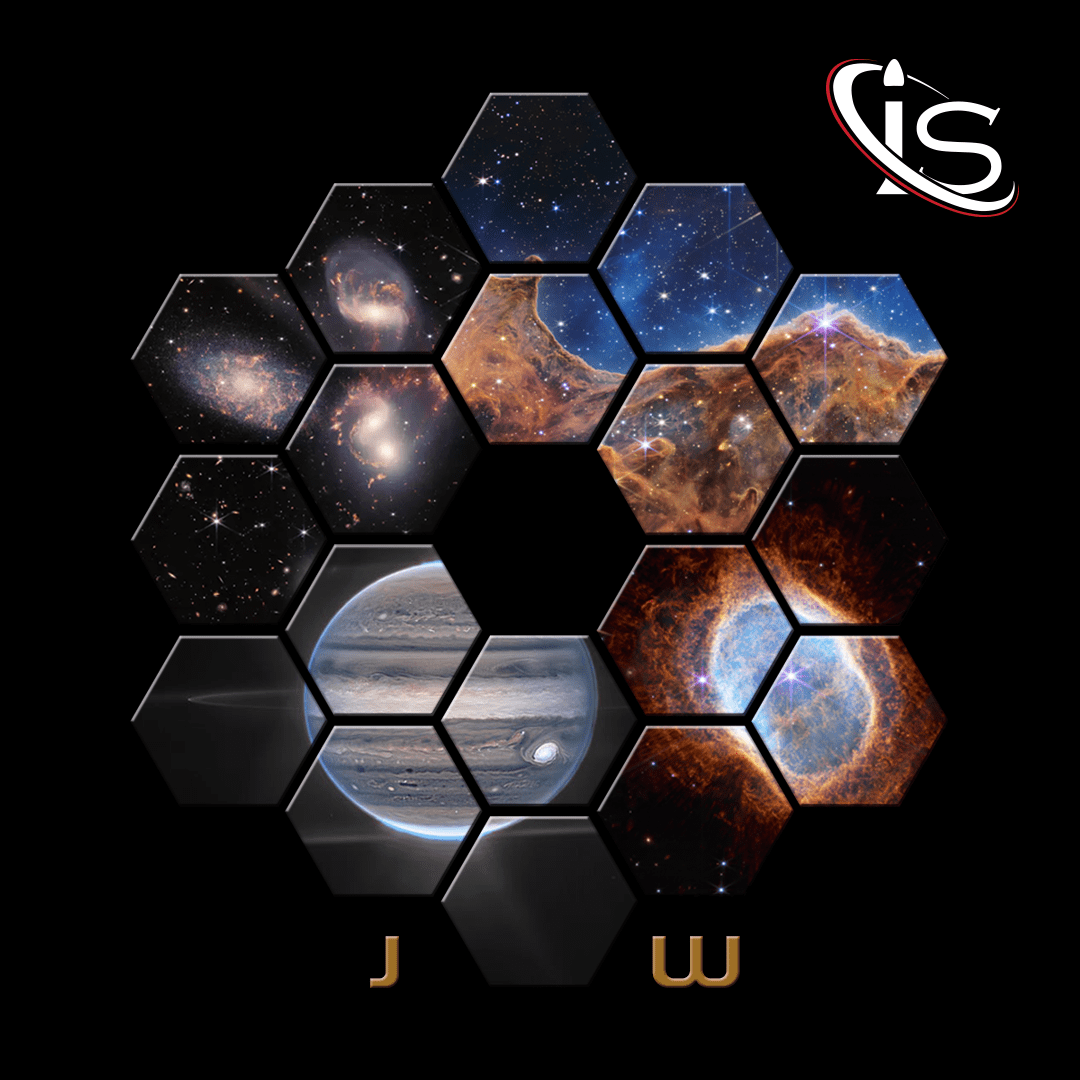Welcome to a very special science capsule. With the space industry getting more advanced by the day, it is important to recognize some of the most impactful machines that have taken to the skies so far. And when it comes to exploring the outer edges of the cosmos, perhaps none have been so important as the Hubble Telescope. In fact, it is such a monumental player in the industry, that it has come up in multiple of our capsules before, including one comparing it to the James Webb Space Telescope. However, it has never had its own dedicated article. And so, today, seems like the perfect opportunity to change that.
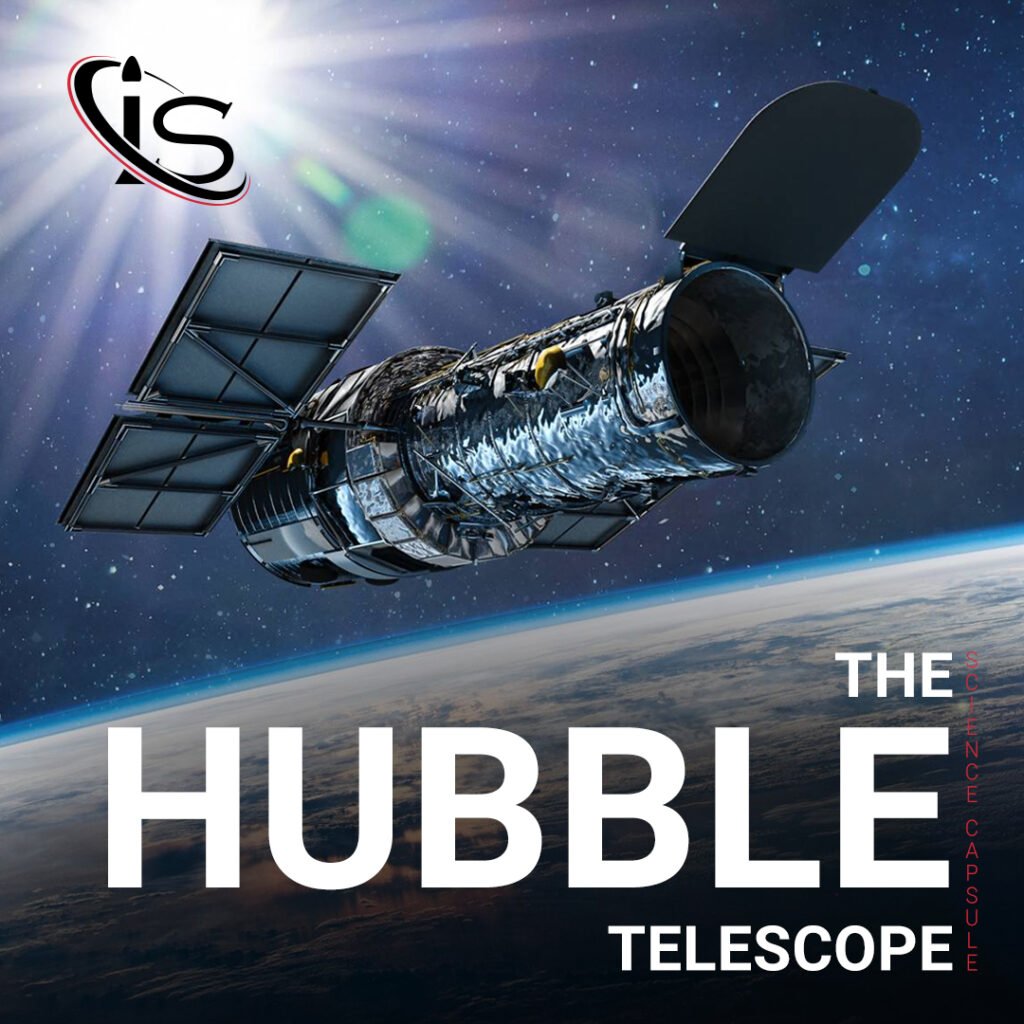
Naming Origins
Let’s start from the beginning: how did Hubble gets its name? This is not only important because of the scientist that became this telescope’s namesake, but also because it gives an immediate insight into what this spacecraft’s mission is. So, it is time to take a quick dive into Edwin Hubble’s life and his accomplishments.
Being born at the end of the 19th century, Hubble dedicated his entire career to unraveling some of the Universe’s biggest mysteries. The biggest discoveries he made, however, have one common thread: galaxies outside of the Milky Way. Not only was Hubble the first to discover the existence of galaxies that are not our own, he realized that the farther they are from Earth, the quicker they are moving away from us. The importance of this discovery is not just paramount but twofold, as well. First, this is the basis for the Big Bang Theory (not the show) of how the universe began. Second, it led to what is now known as Hubble’s Law, a theorem that states that the rate at which objects are moving away from a point in space is the same all around.
Unfortunately, the full explanation behind this is too long to get into today. However, for now, suffice it to say that in order for this to be the case everywhere in space, objects that are farther away from the reference point have to necessarily be moving even faster in comparison. Otherwise, they would not be moving away from their own surroundings but would all be “sticking together”. Anyway, this will end the Edwin Hubble part of the capsule. But if any of you are curious to learn more, please let us know in the comments, and we will dive deeper into these topics.
Launch and Early History
Now, Hubble has been orbiting Earth’s skies for over three decades. In fact, it launched aboard the Discovery shuttle on April 24th, 1990, from the Kennedy Space Center. It was, then, deployed into orbit the very next day. But what about its goal? What was (and still is) the Hubble Telescope trying to accomplish? Well, there is a reason why I said the naming origins of it were crucial. Hubble’s main goal is and always has been to further explore galaxies and planets outside the Milky Way.
In fact, this mission’s goals all revolve around understanding the Universe and the laws governing it more. From looking for black holes, to examining celestial bodies, to studying how the Universe formed and evolved, Hubble really encapsulates mankind’s desire to answer some of the most burning questions that surround our world.
Hubble’s Logistics
But how exactly is this incredible telescope accomplishing these impressive feats? For starters, just by virtue of being in space, Hubble has an advantage over Earth-based instruments. The main reasons for this are the absence of light pollution and being outside the negative effects Earth’s atmosphere has on space observation.
The first is a pretty simple concept to explain. If you have ever been to a large city, observing the stars in the sky becomes noticeably more challenging. In some extreme cases — think New York City or Disney World/Land — most of the stars at night become invisible to the naked eye. This is due to the interference of the light emanating from objects closer to the observer — such as buildings, billboards, fireworks, etc. While this is not insurmountable when using a high-powered telescope, the effects are still present. Meaning that being in an area with as little light pollution as possible, greatly improves the ability to observe objects in space. And what better area is there for this, than one outside of Earth entirely?
The second reason why space is a beneficial location has a similar concept, but due to a different phenomenon. Because of the variety of gases and molecules that make up Earth’s atmosphere, light from space does not reach observers on the surface directly. Instead, it is reflected, refracted, and bounced around by these molecules. As a quick aside, the composition of our atmosphere and how it interacts with sunlight is also why the sky appears blue during the day and takes on a reddish/orange/pink hue at sunrise and sunset. Regardless, being able to bypass this to receive rays of light more directly is crucial for getting more comprehensive data. Especially, when the light in question is coming from millions of light years away.
Hubble’s Position
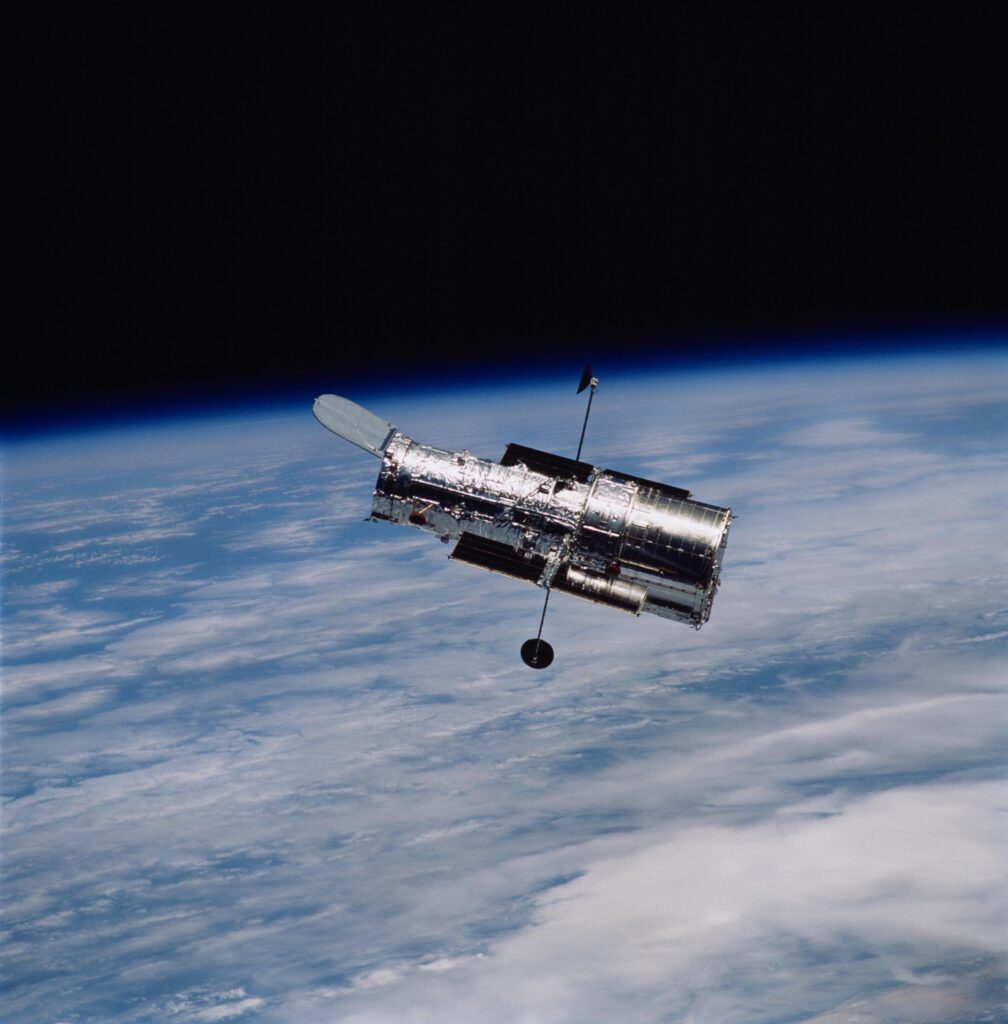
Now that we know why Hubble is stationed in space, it is time to discuss its particular, strategic positioning. After all, not every object orbit Earth is on the same path. That would not make for a very varied range of functions and observations. When it comes to Hubble, in particular, its position is made to maximize its ability to observe objects outside of our galaxy.
For anyone curious, the exact numbers are 547 km (340 mi) and an inclination of 28.50 to the equator. Furthermore, Hubble travels at a speed of approximately 27.300 km/hr (17,000 mi/hr). Not only does this mean it only takes it around 95 minutes to orbit Earth, it also means that it is not suited for taking pictures of our planet. However, these speeds do not affect its ability to take incredible photos of far-off galaxies.
The Technology
While it may be in the perfect spot to observe distant celestial bodies, all of that would mean nothing without the appropriate technology to detect the light coming from them. We have talked about how different cameras and instruments can be tailored for specific wavelengths of light in our James Webb capsule. So, I will not go into great detail on that here. However, it is important to discuss what wavelengths Hubble is better suited for.
Hubble’s Specialty
Unlike the aforementioned James Webb, Hubble is not primed for detecting infrared light. It can still do it, of course, but that is not its primary function. Instead, Hubble has a much better ability than its space telescope companion at picking up visible and UV (ultraviolet) light. This is because of the different nature of their missions. With James Webb being focused on detecting objects as far as possible, as well as traces of specific gases and compounds that could be linked to life, its main prerogative is observing objects in the near-infrared range. That is because the farther an object that is moving away from Earth is, the more red-shifted it will appear due to the Doppler Effect. Meanwhile, the objects Hubble is observing are far away, yes, but do not have the same energy or composition as James Webb’s targets.
Therefore, its sensors are much better equipped at detecting visible and UV light, as those are the frequencies needed for Hubble to complete its mission objectives. As for what the equipment is comprised of there are, currently, five different cameras and sensors. The Wide Field Camera 3 (WFC3), Advanced Camera for Surveys (ACS), Space Telescope Imaging Spectrograph (STIS), Cosmic Origins Spectrograph (COS), and Fine Guidance Sensors (FGS). And I said currently, because the equipment aboard Hubble when it first launched is not the same one present now. After all, Hubble was created with the capability of being serviced throughout its lifespan in mind. However, that is a story for another time. Next time, to be exact.
Until Part 2
This concludes part 1 of our study of the Hubble Telescope. Join us next time, as we discuss the various missions that have serviced Hubble, as well as what the future holds for this amazing machine. And, as I alluded to before, this next part will be coming out shortly. When, you ask? Next week. And where can you find it? In the same place as always, right here, at impulso.space. I hope you have a great rest of your week. “See you” all then!
